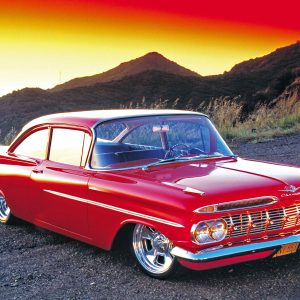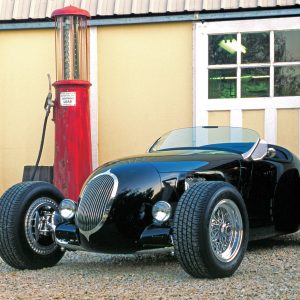Late Model
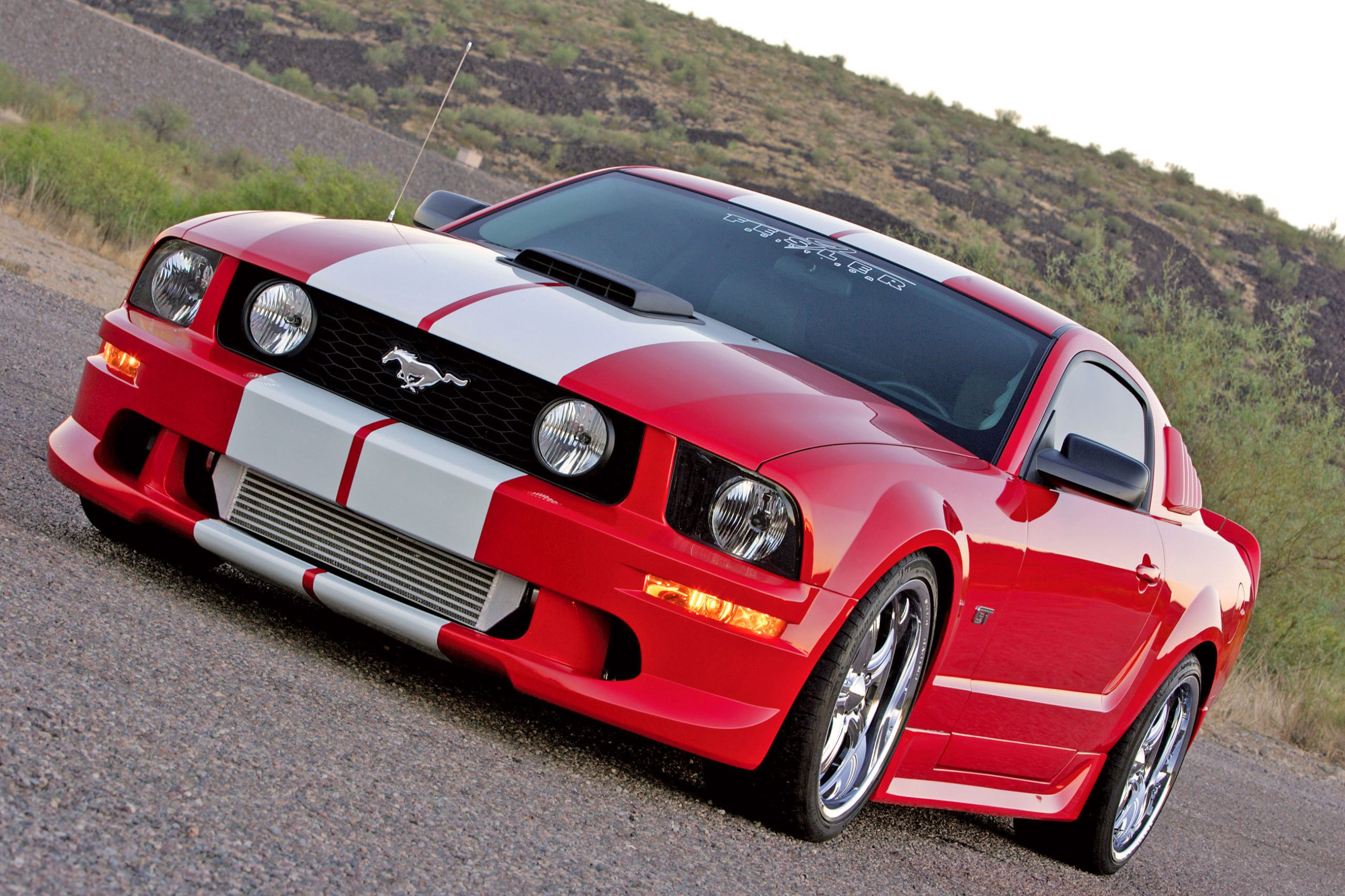
Ford fans will willingly tell you that the Mustang is the No. 1 muscle car built in America, but its style, affordability and performance has earned this popularity title all by itself. The 2005 Mustang GT is a prime example of Ford’s success, and it seems to only be evolving to an even higher level of popularity today. Some say the Mustang was getting long in the tooth and was becoming boring in recent years, but believe it or not, Ford addressed it just at the right time with its new retro-style pony. Maybe the Mustang was evolving too far away from its muscle car roots and Ford decided to bring it back to tighten its focus; then again, perhaps it was just a coincidence of timing.
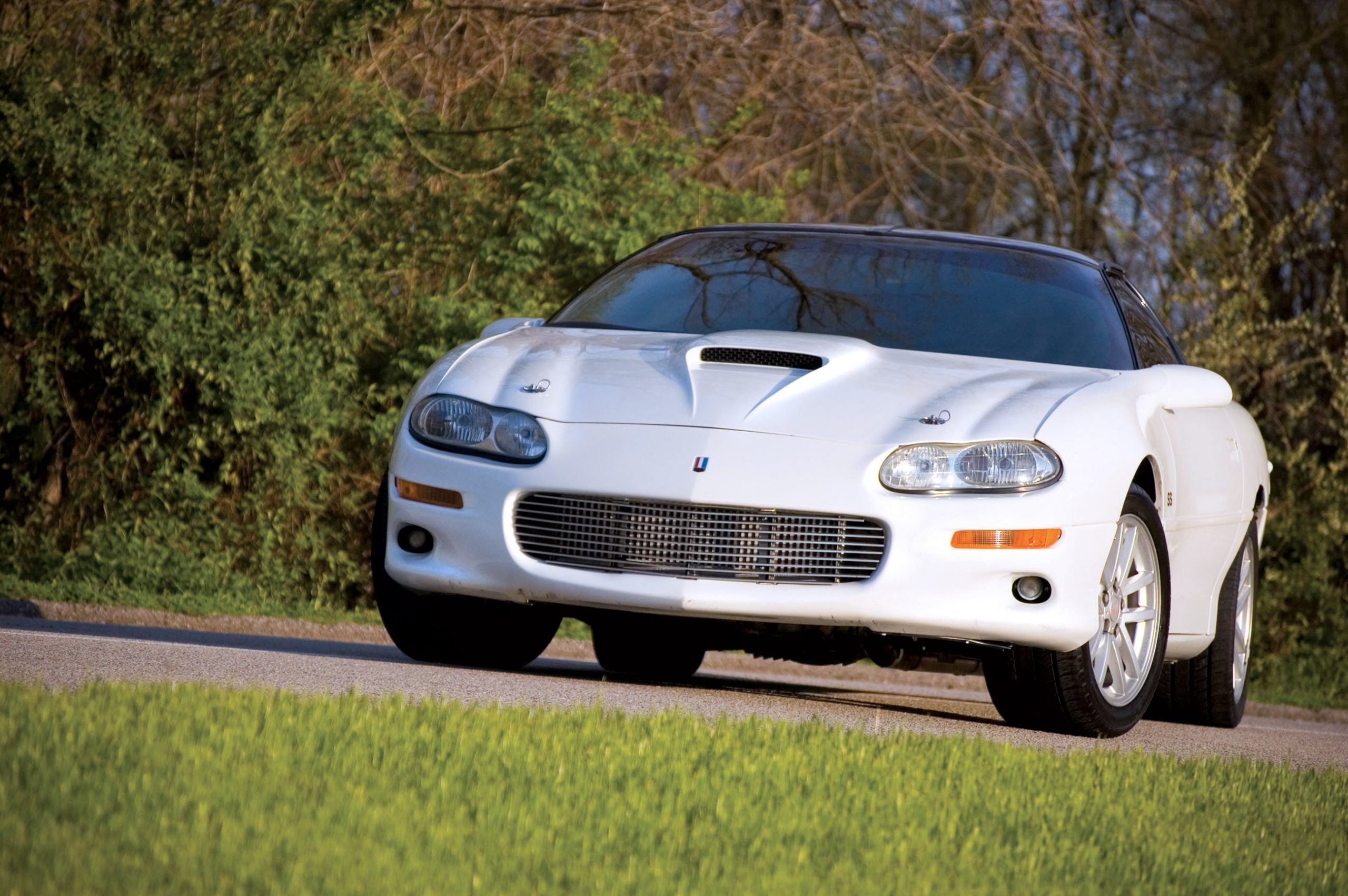
One look at a car is generally all it takes to determine pretty much what it’s made of—whether it’s fast, incredibly slow or falls safely somewhere in between. There are always typical small details that reveal a car’s true identity, whether it’s a huge exhaust, healthy underpinnings, aggressive rubber on wide wheels, a large, efficient cooling system, a well-laid-out induction with appropriate fuel delivery, sturdy engine mounts and/or mounting, the size and scope of the ignition, as well as the inlet air system.
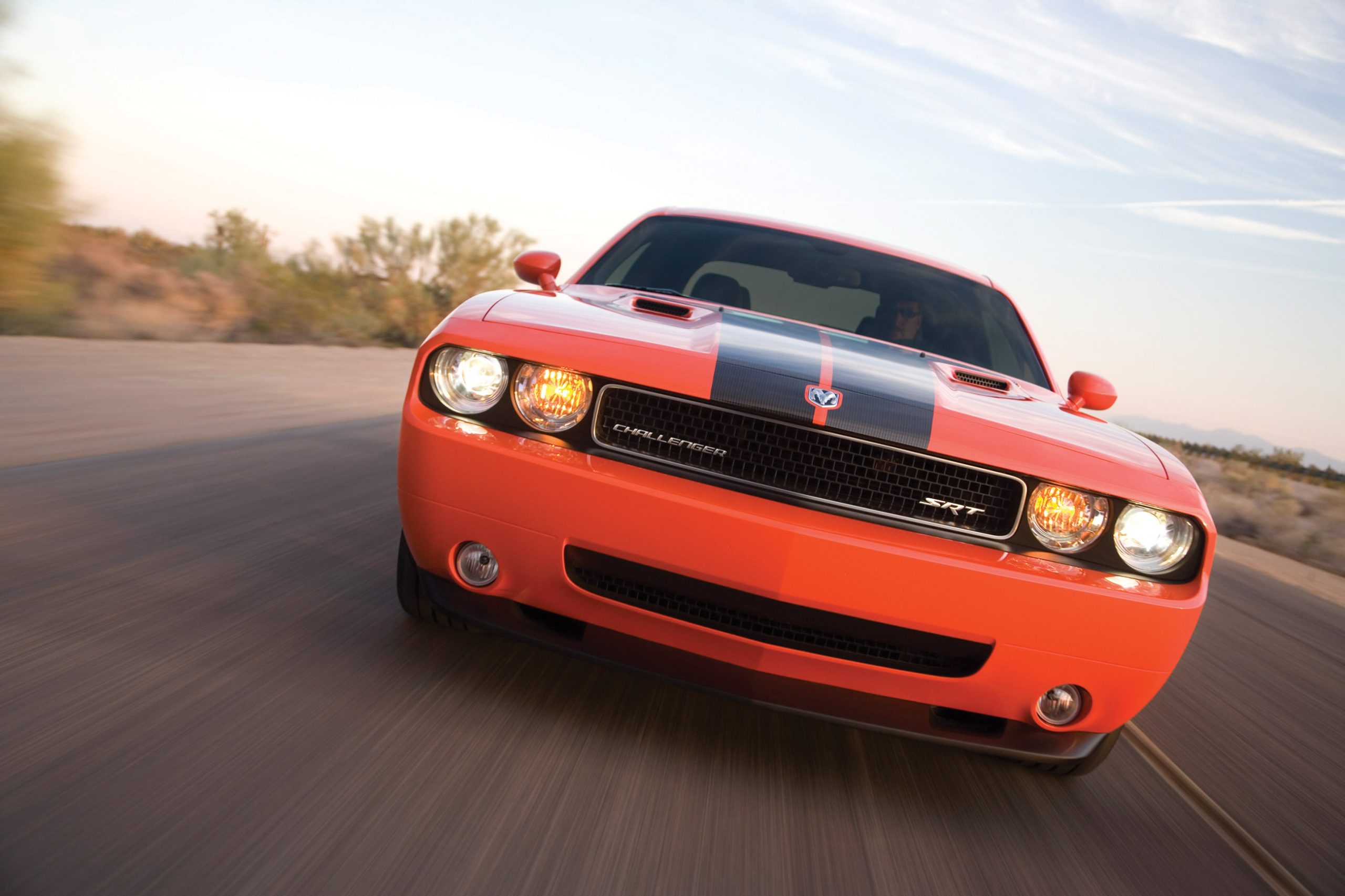
The camouflaged prototypes hadn’t long been out of the shed when news of the new ’09 Challenger rushed into mainstream auto circles. The first production models hadn’t even heated pavement and the lore began as already-enthusiastic aficionados began concocting legends of greatness, as they shaped this car’s history before it ever turned a wheel—and they weren’t a minute too soon!
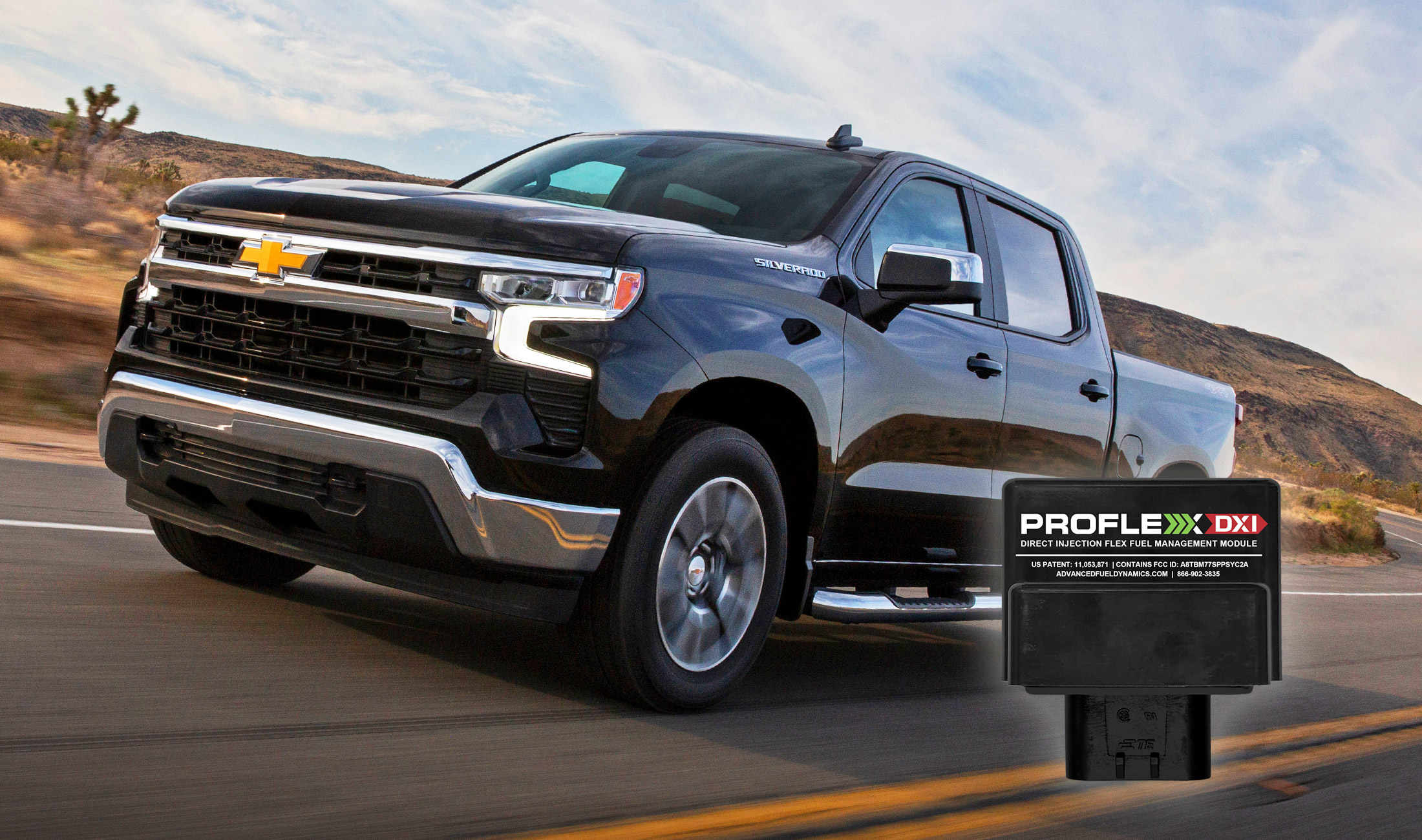
If you’ve got a 2020+ GM V8 truck or SUV and you’re not running E85 yet, you’re leaving power and money on the table. Enter the ProFlex DXI—the easiest, fastest, and flat-out smartest way to slap flex fuel capability onto your rig. No tuning, no ECU unlocks, no headaches—just more horsepower and lower fuel costs in about 15 minutes.
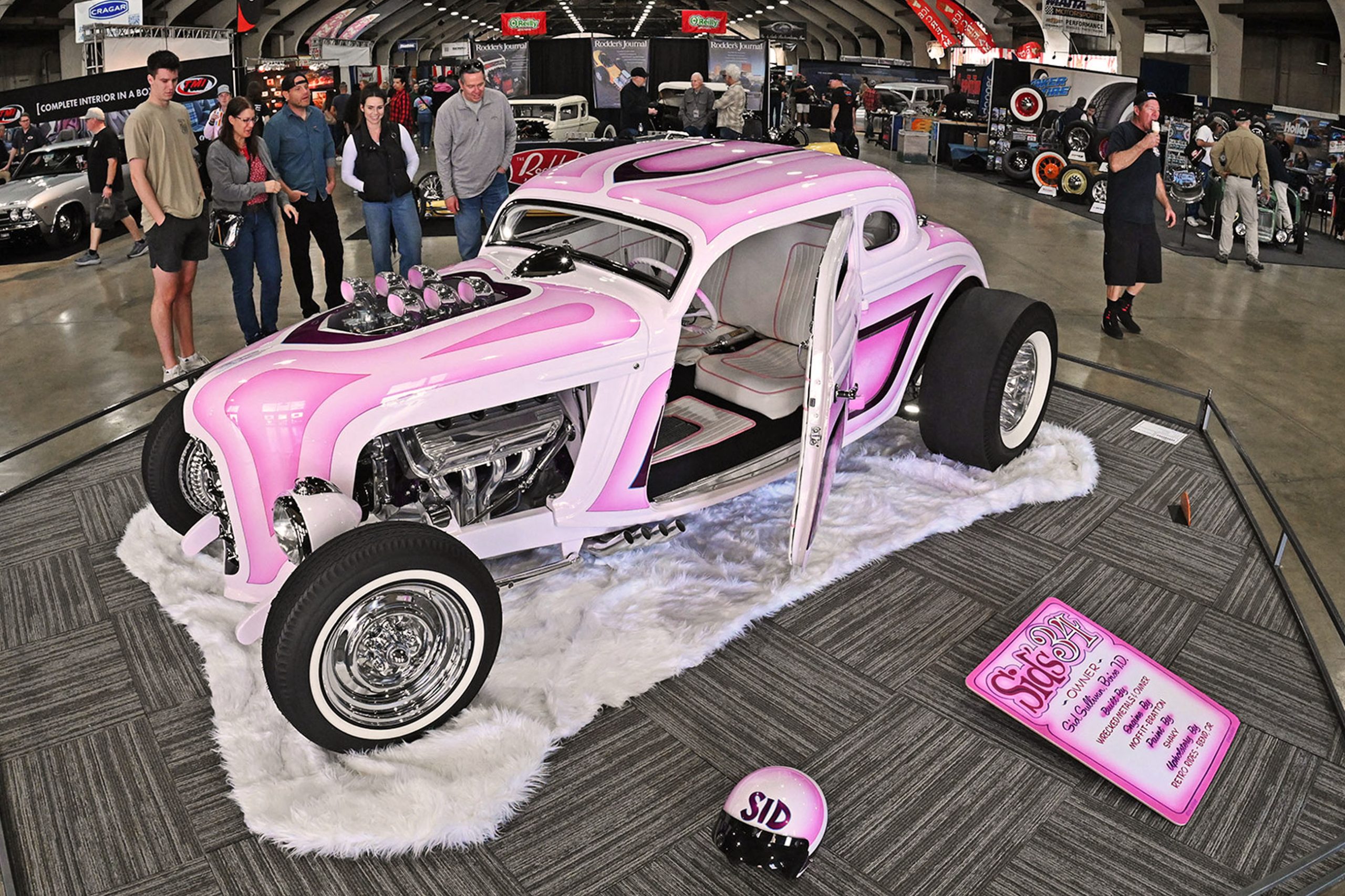
When Scott Killeen picks up a camera, good luck getting him to put it down—and honestly, we wouldn’t want him to. We’re still sorting through the endless shots from GNRS 2025, so here’s another batch of custom cars to admire.
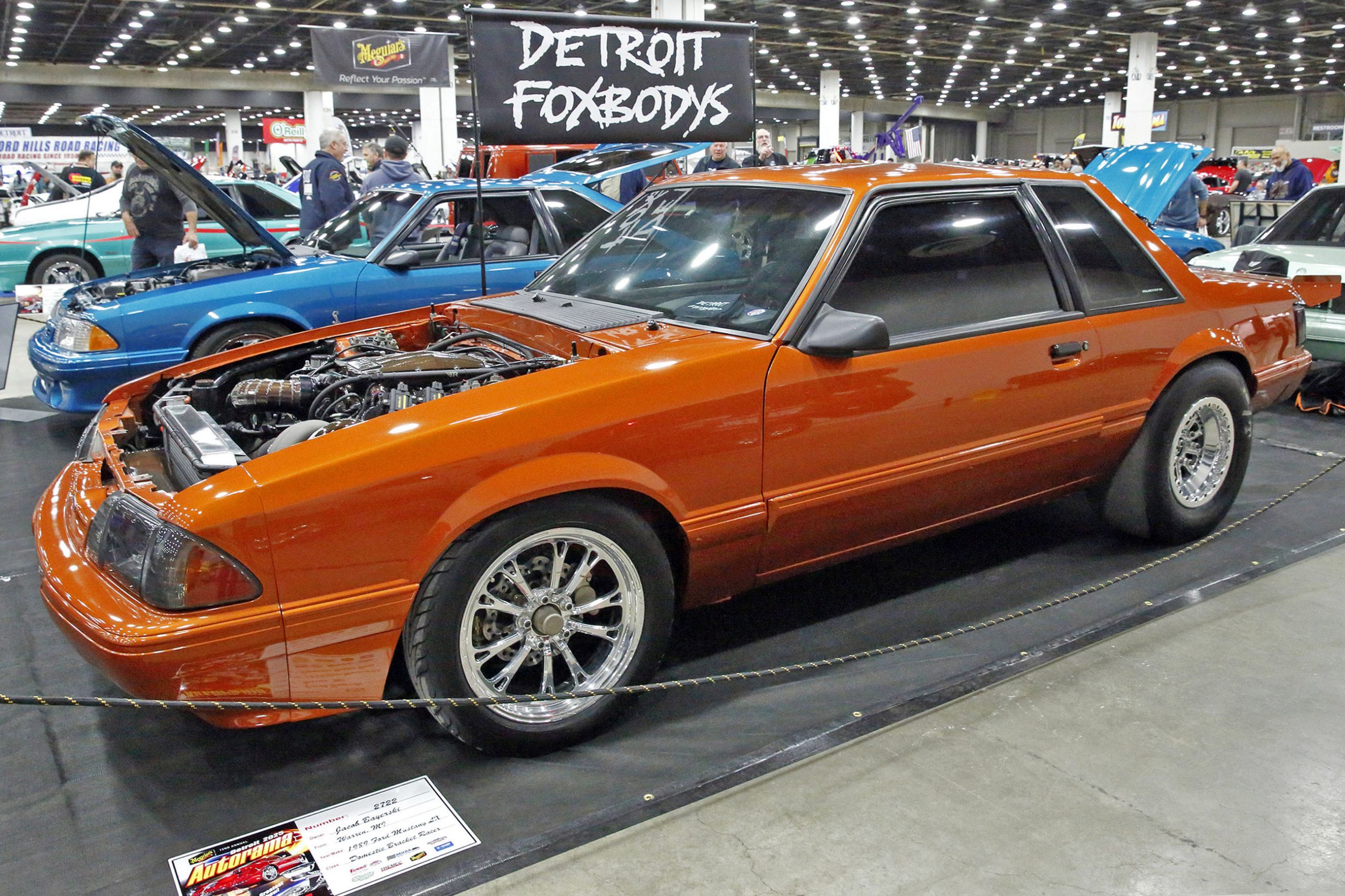
The Detroit Autorama—America’s Greatest Hot Rod Show—once again delivered the goods, and this year, the Detroit Foxbody Car Club rolled in strong. If you were there, you know. If you weren’t, well, you missed one hell of a display from a crew that knows how to build, drive, and talk Fox Bodies like nobody else.
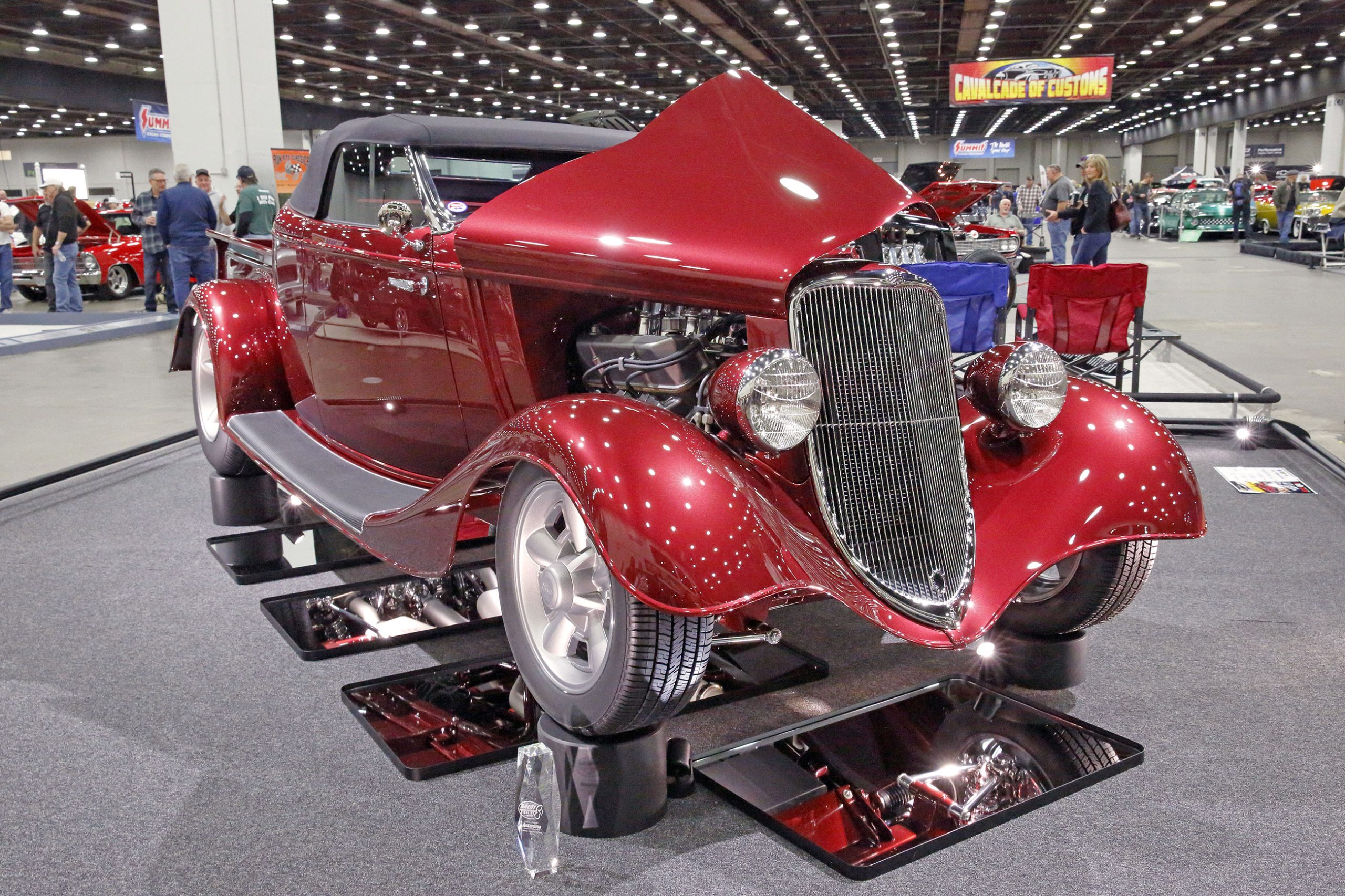
We were back in the Motor City for the 72nd Detroit Autorama, held from February 28 to March 2, 2025, at Huntington Place. Over 800 custom cars, trucks, and motorcycles filled the halls, showcasing everything from high-dollar, jaw-dropping builds to gritty, backyard-bred machines. But the biggest prize? The Don Ridler Memorial Award, aka the Ridler, handed out to the one car that stands above all others for design, craftsmanship, and attention to detail.

Keith Shuley is a genuine hot rodder and a bona fide car nut. In that respect, he’s no different from any of you reading this article, but what makes him a little different is how he spends his days. Shuley is a Catholic priest and a Lieutenant Commander in the U.S. Navy, serving as the Command Chaplain aboard the amphibious assault carrier U.S.S. Peleliu, the LHA-5. He spends his days filling the spiritual needs of those sailors, aviators and Marines who help keep our country free. But during his personal time, he fills his own need for speed. What a concept!

Many people believe that mankind as we know it evolved from primates…not the monkeys that you’d find at your local zoo, but rather from a very basic, upright-walking being that had thought protocols to find food and shelter without getting eaten in the process. The same can be said about the unmodified car, as it’s basically a vehicle to transport its occupants from point A to point B, maybe even with a little style built in if you’re lucky.
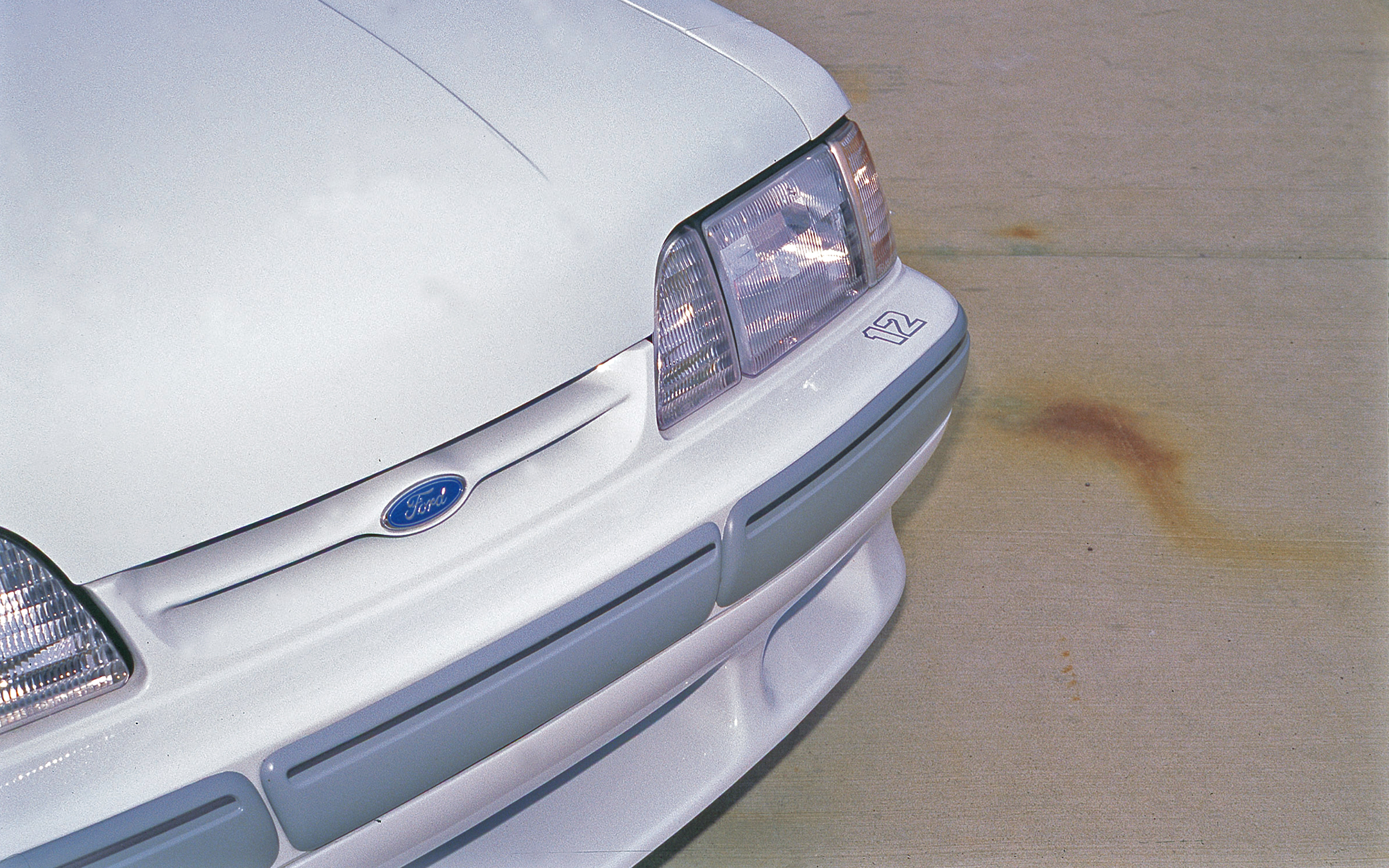
Unless there’s a collector’s car that was purchased and directly put into someone’s collection, you’re probably looking at the lowest-mileage Saleen SSC in the world, and it belongs to Jack Redeker from Redeker Ford in Grand Haven, Michigan.









